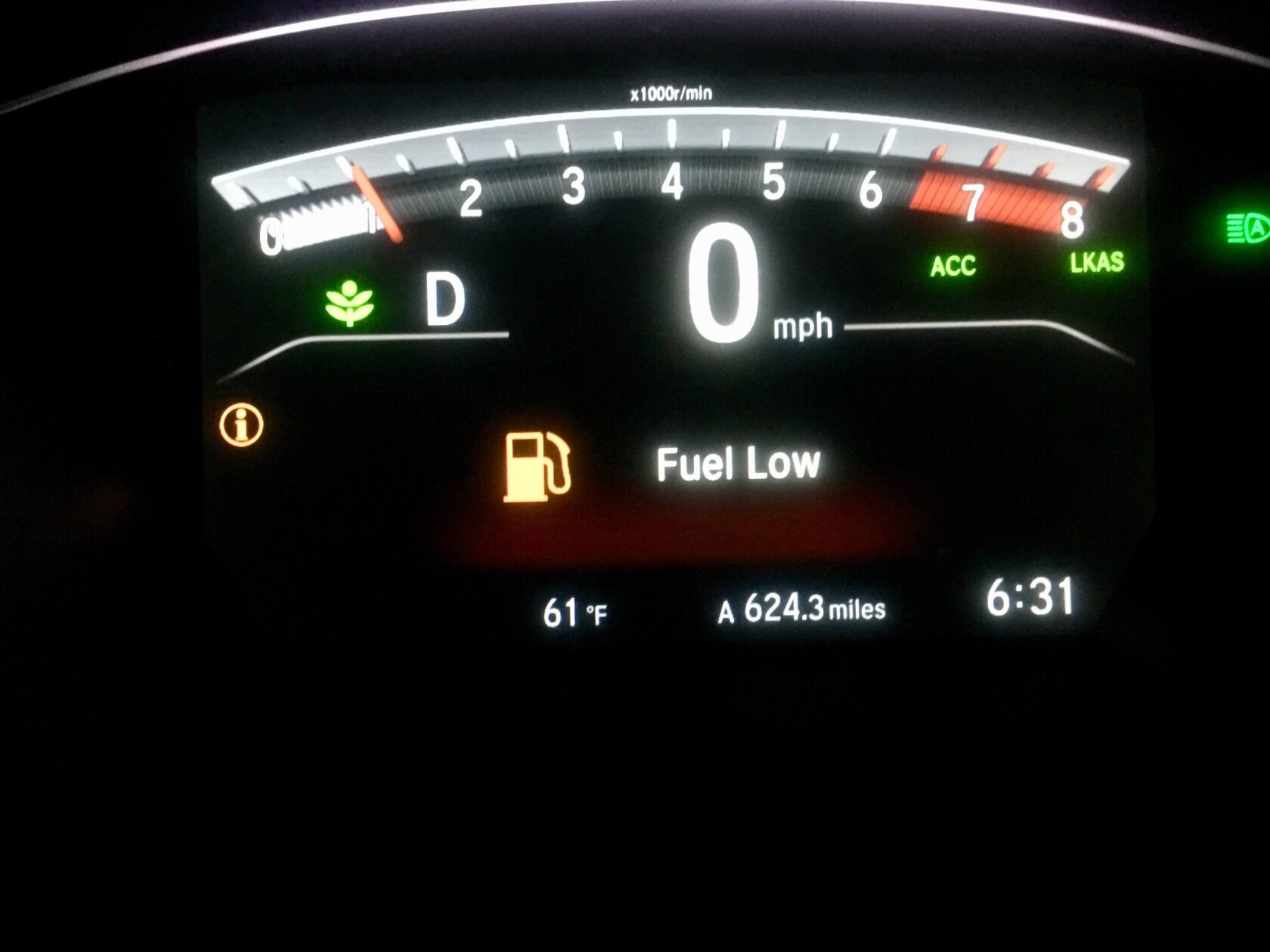In the dynamic sphere of logistics and transportation, fleet management forms the backbone of operational success, directly influencing profitability, safety, and service quality. As businesses expand and customer expectations rise, companies are turning to advanced software solutions to stay ahead. However, the effectiveness of these tools hinges on their features.
This article delves into the critical features that fleet management software needs to ensure heightened efficiency and streamlined operations.
Table of Contents
Real-Time Tracking

Real-time tracking transcends the basic functionality of pinpointing vehicle locations. This indispensable feature forms the foundation of timely and reliable service, offering managers a bird’s-eye view of their fleet’s movements.
With this information, managers can make informed decisions, provide accurate delivery updates to customers, and swiftly manage unforeseen issues like vehicle breakdowns or traffic jams. Additionally, real-time tracking aids in theft prevention and recovery of stolen vehicles.
Sustainable Fleet Management Technology
Sustainability is no longer optional but a business imperative. Integrating sustainable fleet management technology such as CameraMatics is a step towards environmentally responsible operations. These technologies offer dual benefits: they enhance safety through features like in-cab cameras and promote eco-friendly practices by monitoring fuel consumption and emissions. Adopting such technologies reflects a company’s commitment to corporate social responsibility while also appealing to eco-conscious clients.
Route Optimization

Beyond mere navigation, route optimization is about calculating the most efficient route for every vehicle. This sophisticated feature takes into account various parameters such as current traffic conditions, road closures, vehicle capabilities, and load requirements.
By ensuring drivers avoid congested routes and roadblocks, businesses can achieve faster delivery times, lower fuel expenses, and reduced vehicle wear and tear, all contributing to enhanced customer satisfaction.
Predictive Maintenance
Predictive maintenance shifts the traditional reactive approach to a proactive one. Utilizing data analytics, this feature forecasts potential vehicle breakdowns before they occur based on factors like usage patterns and historical maintenance records.
Scheduling maintenance activities during non-operational hours minimizes downtime, prevents costly repairs, and extends the vehicles’ operational lifespan, ensuring the fleet remains in prime condition for service.
Driver Behavior Monitoring
This feature extends beyond tracking vehicle locations to analyzing how vehicles are handled. Acceleration, braking, cornering, and speed are monitored to assess driver performance. Identifying unsafe practices not only enhances safety but also encourages drivers to adopt fuel-efficient driving habits.
By correcting these behaviors, companies can reduce the risk of accidents, lower insurance premiums, and improve overall fleet efficiency.
Fuel Management

Fuel management is a comprehensive feature encompassing the monitoring of fuel consumption rates, identifying abnormal usage patterns, and suggesting fuel-saving measures. Effective fuel management is crucial in controlling operational costs, especially with fluctuating fuel prices. It also assists in detecting and preventing fuel fraud, a common concern in the industry.
Also Read:
- Top 7 Best Mobile App Development Frameworks in 2023
- 8 Trends for Mobile App Development in 2023
- Top Languages You Need To Learn For App Development
- How Does Modern Mobile App Development Work?
Compliance Management
Compliance management automates the tedious process of keeping up with regulatory requirements. This feature helps companies avoid penalties and legal issues by ensuring driver’s licenses are valid, vehicles are inspected regularly, and duty hours are not exceeded. Automated reminders for renewals and audits are particularly beneficial in maintaining compliance without the hassle of manual tracking.
Integration with Existing Systems
Seamless integration with existing corporate systems eliminates the inconvenience of juggling multiple platforms. When fleet management software communicates effectively with HR, accounting, or ERP systems, it facilitates a unified view of operations. This integration enables comprehensive analytics, simplifies processes, and ensures consistency in data management across the organization.
Customizable Reports and Alerts
The ability to customize reports and alerts is paramount in filtering out noise and focusing on what’s essential. Managers should be able to set parameters for reports and receive insights on aspects like cost efficiency, vehicle utilization, and driver performance. Instant alerts for critical events like accidents, maintenance needs, or unauthorized vehicle use enable swift response, mitigating potential risks.
Mobile Accessibility

Mobile accessibility ensures that managers and drivers are always informed, regardless of their location. Through a dedicated mobile application, users can access real-time data, receive updates, and even perform certain operations directly from their smartphones or tablets. This level of accessibility improves communication between staff and facilitates immediate decision-making, which is essential for a dynamic work environment.
Conclusion
The right fleet management software is a powerhouse equipped with features that transform everyday challenges into strategic advantages. By prioritizing these essential features, businesses can optimize their fleet operations, achieving not only cost savings and efficiency but also safety and sustainability. In an ever-evolving technological landscape, staying informed and adaptable is key to long-term success and competitiveness.

